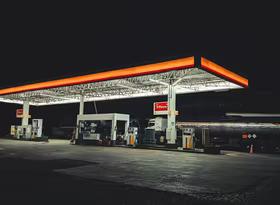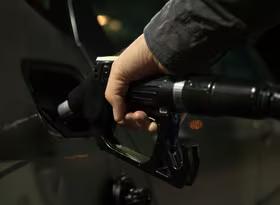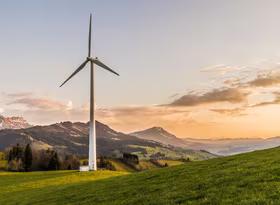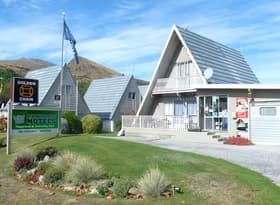Rental fleet has long recovery ahead
The number of rental cars in New Zealand has fallen strongly since February 2020, but the recovery of the tourism sector suggests there is a good opportunity for fleet growth. Strained household budgets indicate challenging demand conditions ahead for new car sales, but a boost to rental sales could mitigate a decline in new registrations.
COVID-19 halved the rental fleet
The fleet of rental cars in New Zealand totalled 45,000 in February 2020, just before the onset of the COVID-19 pandemic. By May 2022, the fleet had declined 49%, and there were 10,500 fewer rental cars than would be expected based on the average May fleet in the previous three years.
The restrictions placed on New Zealand’s borders in the pandemic years severely limited demand in the tourism sector, as international arrivals plummeted. In the year ended February 2020, international visitor arrivals totalled 3.9m. Visitor arrivals bottomed out in the year ended March 2021 at 53,000, a 99% fall from February 2020.
The large fall in arrivals left firms across the tourism sector no choice but to cut capacity to lower costs. Rental car companies were no exception, resulting in declining fleet numbers and fewer new rental car registrations.
The fleet of rental cars historically had a very strong seasonal trend, with large falls often occurring between February and July, followed by a strong rebound from September to January. The COVID-19 pandemic completely disrupted this seasonal pattern, with strong declines continuing in the latter half of 2020, and limited growth in historically strong months.
Hampered tourist revival to slow new rentals
International visitor arrivals have started to recover in early 2022, from 1% of pre-pandemic levels in February 2022 to 33% in June. In our July transport forecast, we outlined our expectations for the rebound in arrival numbers, which we expect will be limited by demand and supply challenges.
Global inflation, and the higher interest rates being used to combat inflation, will limit household spending, especially spending in discretionary areas such as travel. Additionally, higher fuel prices are being passed onto travellers through higher airfares, making travel more expensive. This will dent the recovery of our long-haul markets in particular.
To compound the difficult demand conditions, supply challenges, which include bringing aircraft and staffing back to pre-pandemic levels, also pose risks for the recovery of the tourism sector.
We expect annual visitor arrivals won’t get close to pre-pandemic levels until the March 2027 quarter, meaning the recovery will take a further five years. Visitor arrivals and the size of the rental fleet were strongly correlated over the last decade, so we don’t expect a full recovery of the rental fleet to pre-pandemic levels until arrival numbers recover.
The number of rental car registrations in June 2022 was 38% higher than a year ago, though registrations still sat 0.7% below June 2019. This suggests rental car companies are registering as many new cars as a typical June, despite registrations over the last 12 months remaining 39% below pre-pandemic levels.
Rental companies are acting cautiously, an approach which may be warranted given New Zealand’s difficult economic outlook, and expectations of a slow recovery for tourism. The lack of strong registrations compared to pre-pandemic levels may also be a result of supply chain disruptions, with difficulties sourcing inputs like semiconductors limiting the production of new cars, and long shipping delays extending the period it takes for cars to reach New Zealand.
The fleet of rental cars may not get back to pre-pandemic levels until March 2027, with the fleet needing to grow to around 47,000 cars by this time. Registrations prior to March 2020 averaged 17,000 rental cars per year, and we expect they will return to this level well before March 2027.
The gap between the current rental fleet and the average fleet is currently 10,500 cars, but due to the strong seasonal trend prior to March 2020, the gap has fluctuated between 9,400 and 26,500 cars over the last 12 months. To bridge the gap, above average registrations will be needed. Once the gap between the actual fleet and the historical average is factored in, annual rental registrations should average between 18,800 and 22,300 cars over the next five years.
Rentals boost to have delayed effect on new car sales
We expect demand for new cars to be limited over the next two years, as household budgets are constrained by a combination of rampant inflation, rising interest rates, and high fuel prices. In the next 24 months, we expect a soft recovery for rental registrations, which will only partially mitigate the decline due lower household demand.
From late 2024, we expect the rental fleet to start growing substantially alongside the forecast rebound in tourism. By this point, household demand for new cars should be recovering, which will combine with rental company demand to drive strong growth in new car registrations for at least the following three years.


















